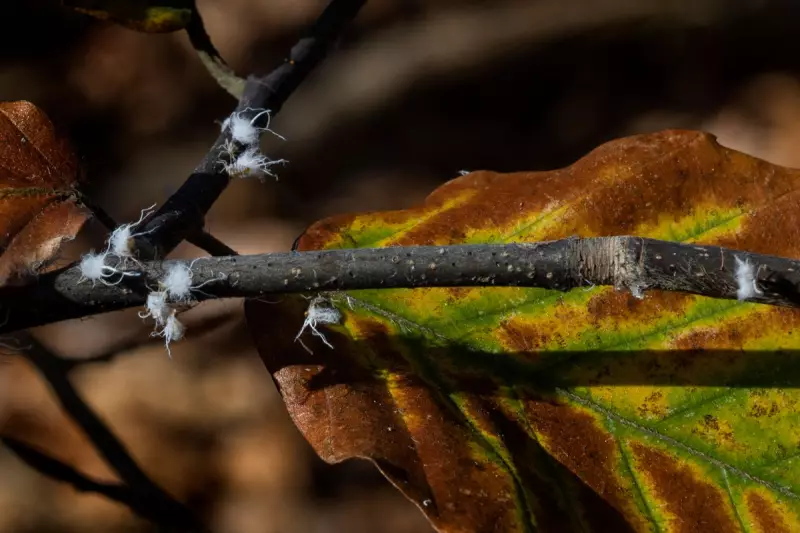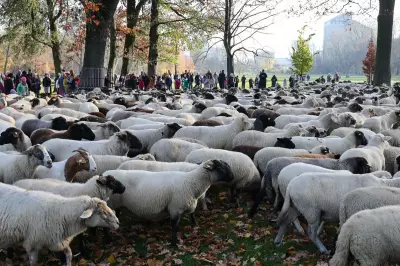
A bizarre natural phenomenon is transforming landscapes across the American Southeast into something resembling a winter wonderland in springtime. Millions of tiny woolly aphids have descended upon Georgia and surrounding states, creating surreal scenes that have both fascinated and concerned residents and scientists alike.
The Mysterious White Invasion
These peculiar insects, barely visible to the naked eye, are covering trees, cars, and outdoor surfaces with what appears to be a blanket of white fluff. The effect is so dramatic that many residents initially mistook the invasion for an unseasonal snowfall or cottonwood tree seeds run amok.
"It looks like it's snowing in the middle of spring," reported one bewildered Georgia local. "You walk outside and suddenly you're covered in this white, fuzzy material."
Scientific Scramble for Answers
Entomologists and forestry experts are working overtime to understand the scale and cause of this unprecedented outbreak. The current theory suggests that unusually mild winter conditions combined with specific environmental factors have created the perfect storm for these sap-sucking insects to multiply explosively.
University of Georgia specialist Dr. Will Hudson explained: "We're seeing population levels that are truly extraordinary. While woolly aphids aren't uncommon, this scale of infestation is something most of us have never witnessed in our careers."
Are These Fluffy Invaders Dangerous?
For concerned homeowners and gardeners, the news is mostly reassuring. The woolly aphids:
- Don't bite or sting humans
- Don't pose direct health risks
- Primarily feed on plant sap
However, the massive numbers could potentially stress trees and plants through their feeding activities. The white "wool" itself is actually a waxy secretion that protects the insects underneath.
Environmental Implications
Scientists are particularly interested in what this outbreak might signal about changing ecosystem dynamics in the region. Such dramatic population explosions often indicate environmental imbalances that could have broader implications for local biodiversity.
Researchers are monitoring whether natural predators will eventually catch up with the aphid population or if human intervention might be necessary to protect vulnerable plant species.
For now, residents of the affected areas can enjoy the strange beauty of this natural spectacle while scientists work to unravel the mystery behind one of the most unusual insect invasions the Southeast has ever seen.





